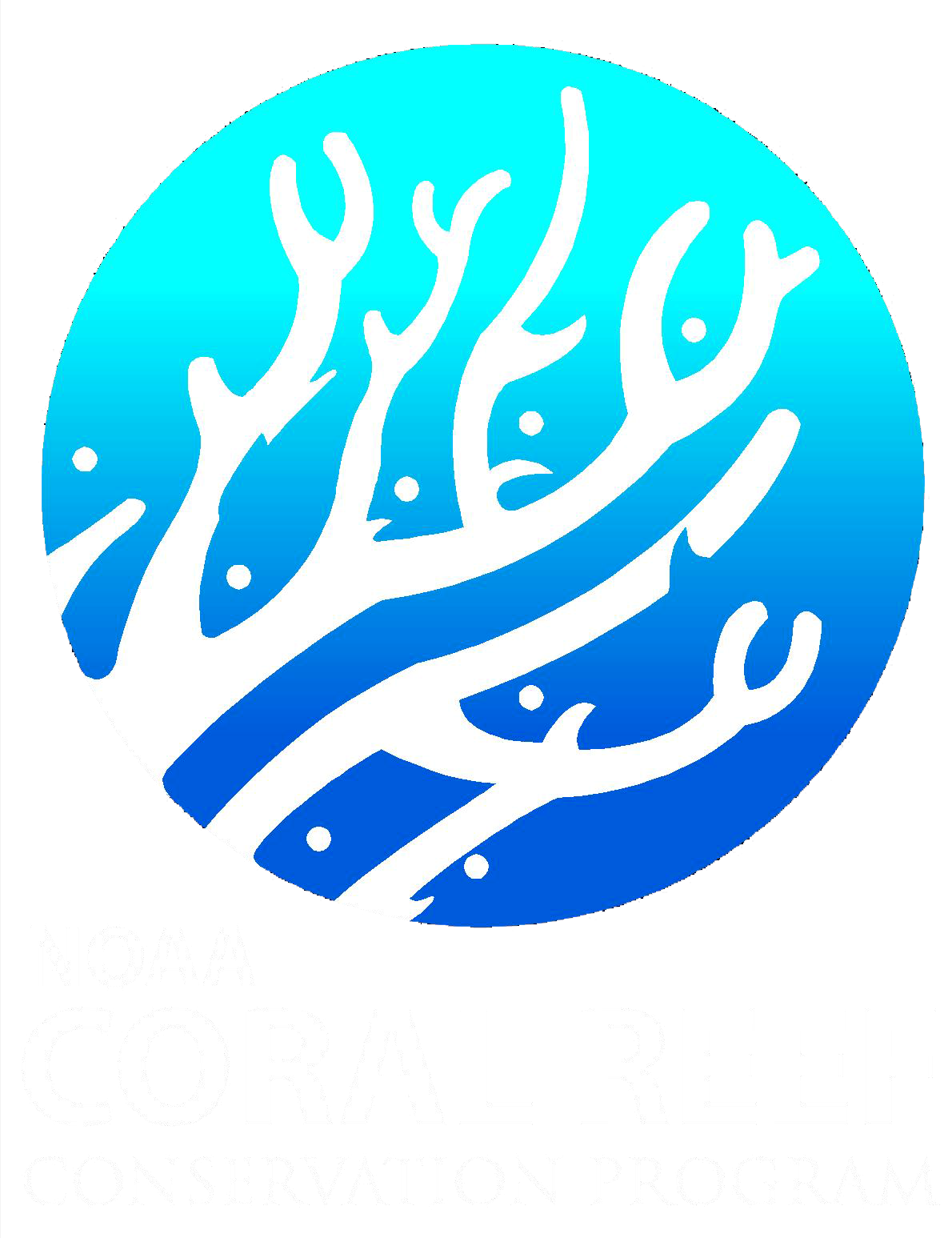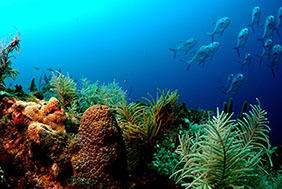-
Home
-
Data & Publications
-
Regional Portals
- About Regional Portals
- Florida
- Navassa Island
- Puerto Rico
- Flower Garden Banks
- U.S. Virgin Islands
- American Samoa
- Commonwealth of the Northern Mariana Islands
- Federated States of Micronesia
- Guam
- Main Hawaiian Islands
- Republic of the Marshall Islands
- Northwestern Hawaiian Islands
- Republic of Palau
- Pacific Remote Island Areas
-
CRCP Activities
- Glossary
National Coral Reef Monitoring Program Socioeconomic Monitoring Component Summary Findings for Puerto Rico, 2015

The Socioeconomic Component of the National Coral Reef Monitoring Program (NCRMP) is currently in the process of monitoring socioeconomic indicators across all United States (US) coral reef territories and jurisdictions. These indicators fall under broader categories including demographics of these areas, human use of coral reef resources, and knowledge, attitudes, and perceptions of coral reefs and coral reef management. The overall goal of this endeavor is to track relevant information regarding each jurisdiction's population, social and economic structure, society’s interactions with coral reef resources, and the responses of local communities to coral management. This report outlines human dimensions information relevant to coral reef resources in Puerto Rico. In 2014, the Puerto Rican government designated nine socioeconomic regions: Aguadilla, Arecibo, Bayamon, Caguas, Carolina, Humacao, Mayaguez, Ponce, and San Juan (Nieves 2014). The survey results contained within this document are representative of each of the regions. The findings were derived from a combination of data gathered through household surveys conducted from December 2014 to February 2015, and additional secondary sources of socioeconomic information for the region.
Surveys revealed that Puerto Rican residents generally support a range of potential marine management policies and regulations (such as limited recreational use, stricter pollution control, and community participation in management), and are moderately familiar with the various threats faced by coral reefs (such as hurricanes, pollution, and coastal development). While Puerto Rican residents were overall moderately familiar with coral reef threats, over two thirds of survey respondents indicated that they felt the threats to coral reefs were at least "large," and over half felt that the condition of coral reefs will get worse over the next 10 years. Residents perceived the amount of coral in Puerto Rico to be in poorer condition than other marine resource conditions assessed in the survey. Forty-one percent of respondents indicated that the current condition of the amount of coral was "bad;" and 66% of respondents indicated that the amount of coral had gotten worse over the last decade.
These findings represent the baseline assessment for future socioeconomic monitoring of Puerto Rico's coral reefs, and they will feed into composite indicators that will detail the status of Puerto Rico's coral reef adjacent communities in relation to the other US coral reef jurisdictions. Surveys will be repeated in each US coral reef jurisdiction after the completion of a full monitoring cycle, approximately once every five to seven years.
Citation: M. Gorstein, J. Loerzel, P. Edwards, A. Levine, and M. Dillard. 2017. National Coral Reef Monitoring Program Socioeconomic Monitoring Component: Summary Findings for Puerto Rico, 2015. US Dep. Commerce, NOAA Tech. Memo., NOAA-TM-NOS-CRCP-28, 64p. + Appendices. https://doi.org/10.7289/V5BP00V9
References
-
Nieves, G.M.L. 2014. "Mapa Extensión Territorial de Puerto Rico." Centro de Recaudación de Ingresos Municipales; Departamento del Catastro Digital de Puerto Rico. URL: http://www.satasgis.crimpr.net/cdprhelp/docs/Extension_Territorial_PuertoRico.pdf. Accessed: 10-19-2016.
Related project information
Direct questions or comments to:


